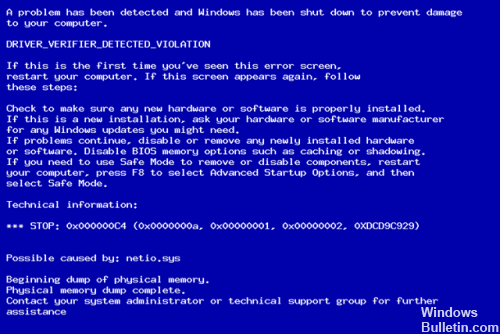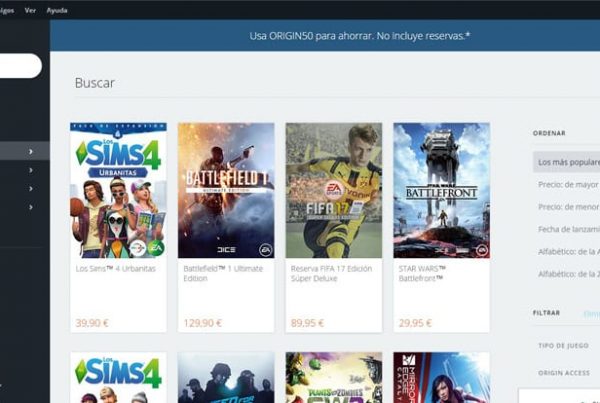The Google webmaster guidelines They define the actions that webmasters can take to make their websites better indexable or crawlable. At the same time, the webmaster guidelines include a list of procedures that Google considers to be in violation of these guidelines and that may lead to the devaluation from a web portal or even to the Google index exclusion.
Conditions of validity of the guidelines
Google's webmaster guidelines apply to all websites that Google has added to its index. If you want your website to be permanently displayed in the SERP, you must strive to meet these requirements. Google recommends that any new web portal be reported. Generally, it is sufficient if a site is basically "put online" and linked once, so that the Google bot can visit and index it. At the same time, it is recommended to create a Google Webmaster Tools account and submit an XML sitemap that includes all subpages. However, it goes without saying that webmasters must ensure that their web portal and all its subpages are permanently online, in order to avoid being excluded from the SERP.
Content and layout
Google's webmaster guidelines emphasize that a page must be clearly structured in your content layout. This can refer to both the navigation structure and the header structure. The content should reflect precisely what the web portal is actually about. Google, in particular, draws attention to the practice of some webmasters who primarily optimize their content for keywords and neglect the informational value of the text. However, the guidelines also state that you should pay attention to those keywords on your website, which you anticipate for your visitors' search queries.
Links also play an important role. Google recommends that each page be reachable with at least one in-link, but the total number of links on a page should also be kept at a "reasonable level." Google specifically refers to the work that the bot has to do when following each link. If you find too many links on one page, you cannot search a web portal in its entirety. Google advises webmasters to create a summary page for their visitors that includes all possible subpages. The term Site Map it's a bit confusing in this context, since the way Google uses it in the guidelines has nothing to do with an XML sitemap. Broken links should also be avoided as long as it is feasible.
As a general rule, a website must offer all the important information in the form of text, since currently, crawlers cannot yet read the images. To get the most out of the index images, you should use the ALT attributes.
Technology
In the technical part of the Google Webmaster Guidelines, the robots.txt file plays an important role. Google explains the advantages of this file and mentions that you can avoid crawling certain directories. The same file can also be used to index AdSense content. At the same time, the robots.txt file is intended to prevent visitors from being presented with irrelevant content on the SERP.
Another section of the technical guidelines deals with the verification of published pages. Google recommends a text browser to check if all content can be displayed and that its display is not hampered by JavaScript or other functionalities. In addition, you should check if a bot can easily crawl the page, without being fooled by session IDs or other parameters. Finally, any webmaster should check if the pages of his website can be opened with different browsers and choose a CMS with which the pages can be indexed easily.
In addition, great relevance is given to the loading time of a web portal. Since it is a ranking factor, every webmaster should take this aspect seriously and provide quick access to their web portal.
Quality guidelines
In the "Quality Guidelines" section, Google's webmaster guidelines offer any SEO the ability to rethink their actions accurately. It lists all the common ways of SERP manipulation. Google also encourages users to report spam sites to Google's antispam team.
Probably the most cited guideline is this:
‘"Make pages primarily for users, not for search engines."
A Google webmaster guide mentioned many times by Matt Cutts is:
Think about what makes your web portal unique, valuable or attractive. Make your website stand out from others in your field. »
In short, SEO can be described with just these two statements. But they don't specify the methods to use.
Here are some actions from the Google Webmaster Guidelines that NO are recommended:
- Self-generated content.
- Link exchange schemes.
- Camouflage.
- Hidden text.
- Embed content copied from other sites on your own pages.
If a website is declassified by Google or a penalty is imposed, there is usually a advance notice and the indication that the webmaster has to change something. If a domain was completely removed from the index, a reconsideration request can be submitted so that the affected website can be re-reviewed and ideally re-indexed.
Web Links






